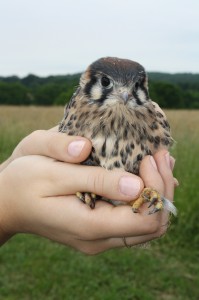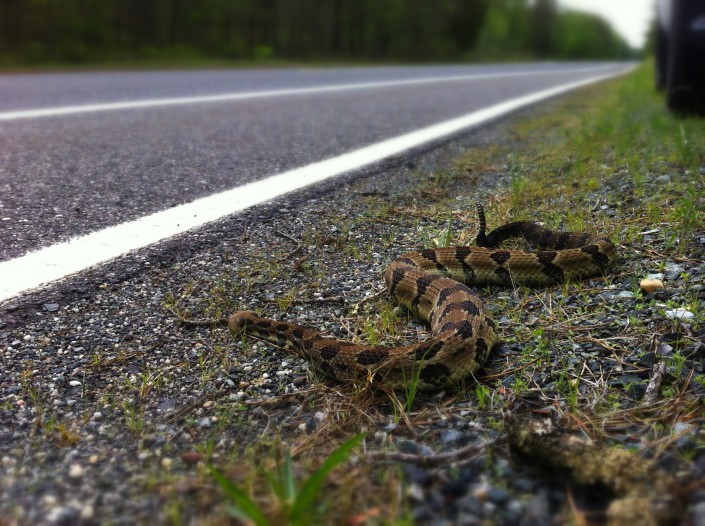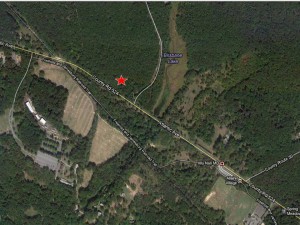NRCS introduces new initiative to restore bog turtle populations

by Karena DiLeo, Wildlife Biologist
This spring, NRCS introduced Working Lands for Wildlife (WLFW) a new partnership between NRCS and FWS that offers technical assistance and financial incentives to landowners to enhance wildlife habitat on their property. WLFW focuses on 7 species whose decline could be offset by managing habitat on private lands. These species use habitat that is beneficial to other wildlife populations while being compatible with agricultural practices. One of these focal species is the bog turtle. This habitat specialist is dependent upon open unpolluted wetlands, spring-fed fens, sphagnum bogs, and wet pastures but habitat fragmentation, invasive species, and ditching and draining of wetlands are threatening these habitats and leading to population declines.
In New Jersey over 70 percent of bog turtle sites are on privately owned land, the majority of which are not currently monitored or protected under easement. CWF in partnership with ENSP and FWS has been working with landowners to increase awareness of these turtles and protect their habitat. Since 2011, CWF has reached out to almost 100 landowners to conduct habitat assessments on their property which will be used by ENSP and FWS to prioritize sites for restoration.

WLFW has provided a great opportunity to continue our work by incentivizing landowners to manage for bog turtles. Protecting sites through easements will ensure that NRCS and its partner biologists are able to continue management of these dynamic ecosystems, while monitoring and protecting this rare turtle.
In June, NRCS applied for a second round of funding due to an overwhelming number of WLFW applications and the hard work of conservationists and biologists to enroll these landowners.








